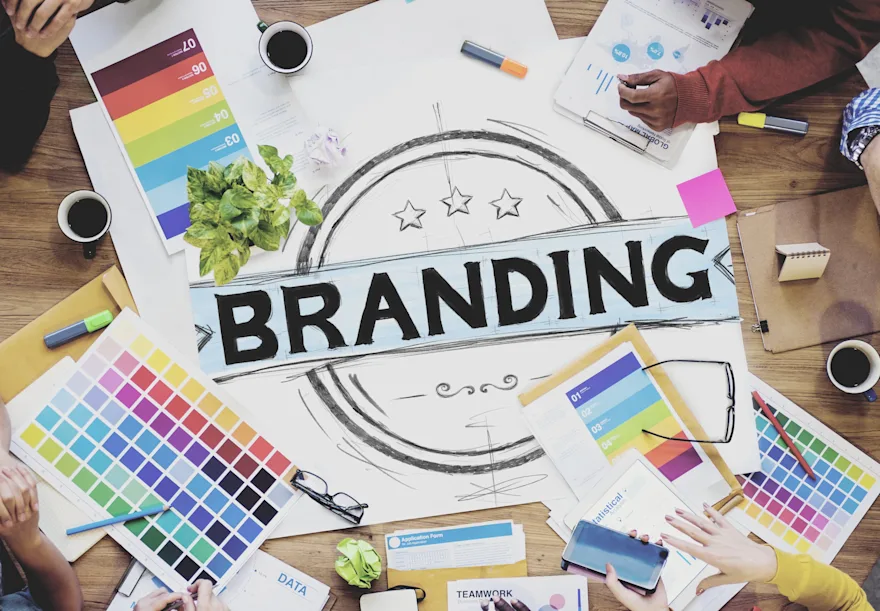In today’s fast-paced digital world, businesses must go beyond just offering great products or services. To truly succeed, companies must focus on creating exceptional user experiences that resonate with their customers. This is where User-Centered Design (UCD) comes into play. UCD is a design philosophy that prioritizes the needs, preferences, and behaviors of end users throughout the entire design process.
When businesses place their customers at the heart of their design decisions, they create intuitive, effective, and engaging experiences that drive growth. In this blog post, we will explore the importance of user-centered design for business growth and how it can help you attract, retain, and engage customers more effectively.
1. Understanding User-Centered Design (UCD)
User-centered design is a methodology that emphasizes creating products, services, or systems based on a deep understanding of the end users’ needs, goals, and behaviors. Instead of designing for the business or developer, UCD ensures that the design is created with the user’s experience in mind at every stage of the process.
The UCD process typically involves the following steps:
-
Research and Empathy: Understanding who your users are and what their needs, challenges, and goals are.
-
Prototyping and Iteration: Building prototypes that represent possible solutions to user problems and refining them through user feedback.
-
Testing and Validation: Continuously testing the design with real users to ensure that it works as expected and meets their needs.
-
Implementation: Finalizing the design and launching the product, ensuring that it aligns with user expectations.
By keeping the user at the center of the design process, businesses can create more meaningful and effective solutions that are aligned with customer desires.
2. Improved Customer Satisfaction and Loyalty
The primary benefit of user-centered design is that it directly enhances customer satisfaction. When users have positive, seamless experiences with your product or service, they are more likely to return and recommend your business to others.
-
Enhanced Usability: UCD focuses on creating products that are easy to use and navigate. By eliminating unnecessary complexity and designing intuitive interfaces, you ensure that users can easily achieve their goals with minimal effort. This leads to higher customer satisfaction and reduced frustration, which fosters long-term loyalty.
-
Personalized Experiences: UCD also helps businesses create more personalized user experiences. By understanding users’ preferences and behaviors, you can tailor your product or service to better meet their specific needs, making them feel valued and understood. This personalized approach increases customer retention and encourages repeat business.
Happy customers are more likely to become brand advocates, sharing their positive experiences with others and helping your business grow organically through word-of-mouth.
3. Increased Conversion Rates
When businesses invest in user-centered design, the result is often an increase in conversion rates. Whether you’re running an e-commerce store, a SaaS product, or a service-based business, UCD plays a significant role in optimizing the user journey and guiding users toward taking desired actions, such as making a purchase, signing up for a newsletter, or filling out a contact form.
-
Streamlined User Flow: UCD aims to minimize friction in the user experience by designing a clear, intuitive flow that leads users to their goals effortlessly. By reducing obstacles and simplifying navigation, businesses make it easier for users to take action, resulting in higher conversion rates.
-
A/B Testing and Optimization: UCD also involves regular testing and iteration. By continuously optimizing design elements such as call-to-action buttons, layout, and content, businesses can identify the most effective design strategies that lead to more conversions.
Ultimately, a user-centered approach increases the likelihood that visitors to your site or app will become paying customers or loyal clients, driving growth and profitability.
4. Better Customer Retention
User-centered design doesn’t just focus on acquiring new customers—it also plays a key role in retaining existing ones. Retaining customers is often more cost-effective than acquiring new ones, and UCD helps businesses achieve this by creating experiences that keep users engaged and satisfied over time.
-
Continuous Improvement: UCD is not a one-time process. It is iterative, meaning that businesses continue to improve their product or service based on user feedback. By regularly updating your product based on the evolving needs of your users, you ensure that your offering stays relevant and useful, increasing the chances of customer retention.
-
Emotional Connection: When users feel that a product or service is designed specifically for their needs, it fosters a deeper emotional connection. This connection can translate into higher customer loyalty and longer-term relationships. By prioritizing user experience, businesses can build a loyal customer base that is less likely to churn.
A well-designed user experience keeps customers coming back, reducing the risk of losing them to competitors.
5. Fostering Innovation and Competitive Advantage
Incorporating user-centered design into your business strategy can help you stay ahead of the competition by fostering innovation. By focusing on user feedback and pain points, businesses can uncover new opportunities for improvement and create innovative solutions that meet the evolving needs of their audience.
-
Identifying New Opportunities: UCD helps businesses identify gaps in the market or areas where competitors may be falling short. By listening to your users and understanding their needs, you can design new features, services, or products that meet those needs, giving you a competitive edge.
-
Staying Ahead of Trends: Because UCD is iterative, businesses can continually adapt and respond to changing user behaviors and trends. Whether it’s adopting new technology, improving accessibility, or embracing new design aesthetics, UCD ensures that your business remains relevant and innovative.
By putting user needs at the forefront, businesses can develop unique products or services that are difficult for competitors to replicate, thus securing long-term success.
6. Boosting Brand Reputation
A strong user experience leads to higher customer satisfaction, and satisfied customers are more likely to spread positive word-of-mouth. The design and usability of your product directly contribute to your brand reputation.
-
Positive Reviews and Testimonials: When users have a great experience with your product, they are more likely to leave positive reviews, share their feedback on social media, and recommend your business to others. This can boost your online reputation and attract new customers.
-
Building Trust: Consistent, thoughtful design that prioritizes the user’s needs builds trust with your audience. People are more likely to trust a brand that listens to their needs and provides a seamless, user-friendly experience.
In today’s digital world, brand reputation is everything. By investing in user-centered design, businesses can earn their customers’ trust and build a positive reputation that drives long-term success.
7. Cost Efficiency in the Long Run
While the upfront cost of implementing user-centered design processes may seem high, it can save your business money in the long run by reducing the costs of fixing usability issues, improving efficiency, and avoiding costly redesigns.
-
Reducing Customer Support Costs: A product that is easy to use and navigate will require less customer support. When customers can quickly find what they need and use your product without frustration, they are less likely to encounter issues that require troubleshooting or support.
-
Minimizing Redesigns: By conducting thorough research, testing, and prototyping, UCD ensures that products are well-aligned with user needs from the start. This reduces the likelihood of needing costly, time-consuming redesigns later on.
Investing in UCD can streamline your processes, optimize your product, and ultimately save you money.
Conclusion
User-centered design is not just a design methodology; it’s a strategic approach that drives business growth by creating memorable, effective experiences for your customers. By understanding your users, prioritizing their needs, and constantly iterating based on feedback, businesses can increase customer satisfaction, improve conversion rates, foster loyalty, and gain a competitive edge in the market.




